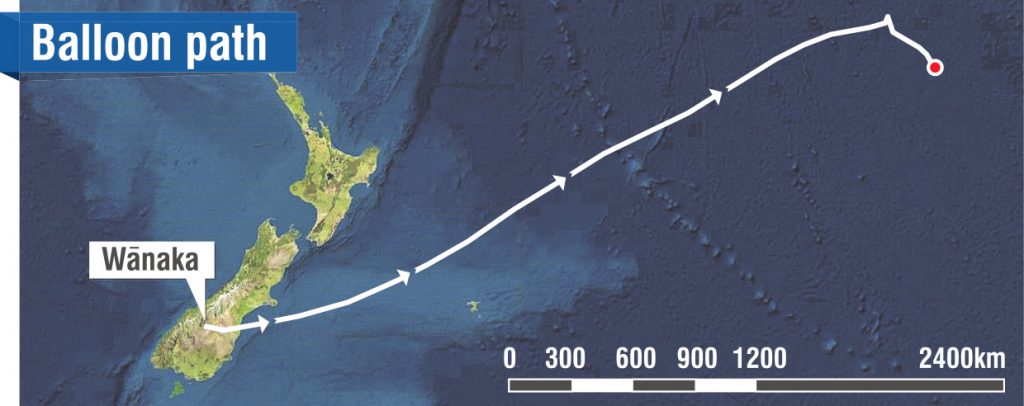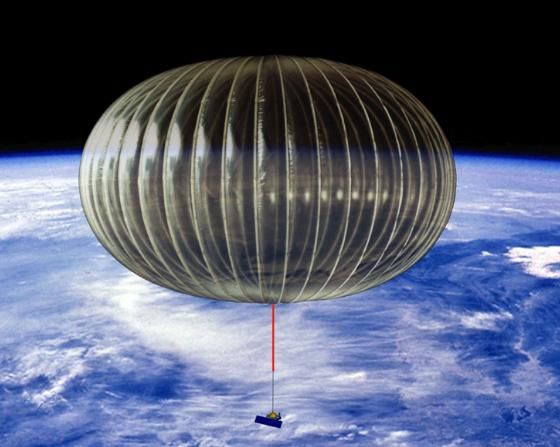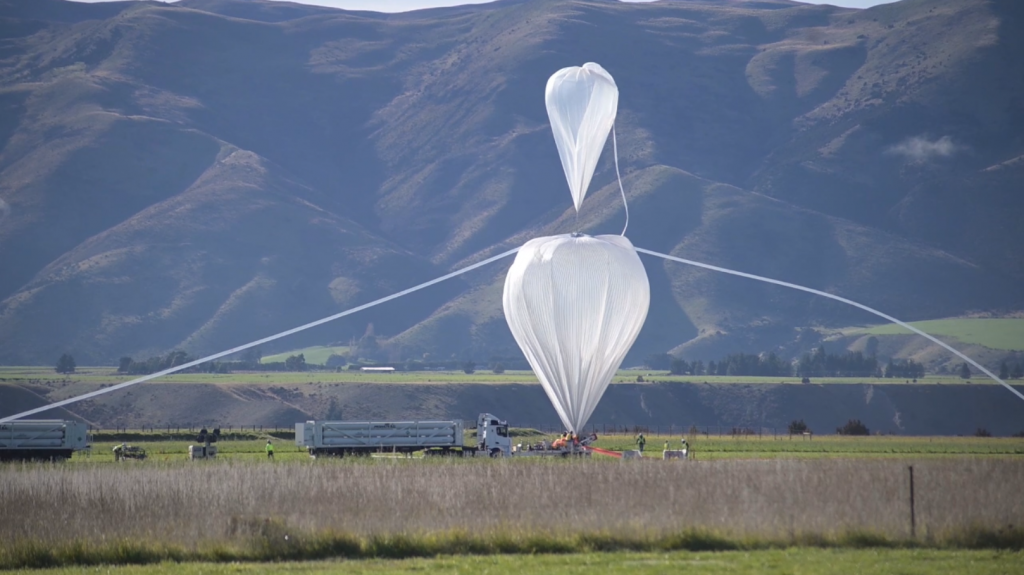From the edge of space to the bottom of the ocean — the success of Nasa’s second super-pressure balloon launch was short-lived.
The balloon and its payload, the Extreme Universe Space Observatory 2 (EUSO-2), were successfully launched from Wanaka Airport at 12.03pm on Saturday, climbing at a pace of 304m per minute until they were about 33km above the southern oceans.
However, the balloon developed a leak on Sunday afternoon, forcing flight controllers to terminate the flight over the Pacific Ocean.

The Nasa team attempted to troubleshoot by dropping ballast to maintain the balloon’s altitude but it was decided to safely terminate the balloon.
The open-ocean flight termination procedure used the two-tonne flight payload as an anchor to pull the entire balloon flight train to the bottom of the ocean as quickly as possible, removing it from the primary water column zone where most marine species are known to live and minimising environmental impacts.
It was a disappointing way for the Nasa team to wrap up its Wanaka campaign, Nasa balloon programme office deputy chief Andy Hamilton said.
“The balloon had been working normally, then it started to decay in pressure worse than we expected … after that, we just tried to manage it best we could.”

The team worked hard to retrieve data while the balloon was descending, he said.
“That was one of our primary focuses when we knew the balloon was starting to go down, was to get all the data off so we can support the science folk.”
Nasa was investigating what caused the leak but with no way to retrieve the physical evidence it would have to rely on data to determine what happened, Mr Hamilton said.
“It’s at the bottom of the ocean.
“There is no recovering it — we don’t have the ability or plans to do so.
“It was part of our environmental considerations that Nasa does do in the event that we do lose the payload, it’s part of our policy to take that in to account that it’s going to be a loss.”

He did not know the cost of losing the payload but from a science standpoint it was a “huge disappointment”.
“There’s a lot of science that they could have got — they were actually able to get some good science with very good readings before the balloon went down.”
“This is the nature of what we do — it’s still an experimental and developmental balloon and, you know, it’s part of the learning process we go through with our successes and failures.
“It’s an opportunity to learn and figure out what we can do better next time.”
The first super-pressure balloon carrying SuperBIT, launched at Wanaka Airport on April 16, is on its fourth revolution of the southern hemisphere.




